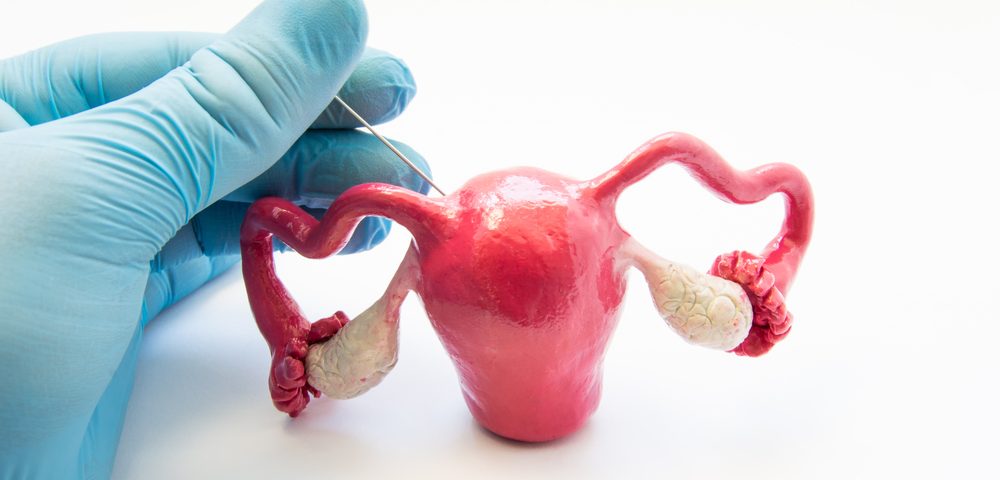A minimally invasive surgical procedure called a laparoscopy was able to reduce pelvic and sexual pain in women with endometriosis, a benefit that was maintained three years after the surgery, a study shows.
The study, “Patient quality of life and symptoms following surgical treatment for endometriosis,” were published in The Journal of Minimally Invasive Gynecology.
Women with endometriosis commonly show numerous symptoms, including painful periods (dysmenorrhea), painful sexual intercourse (dyspareunia), and chronic pelvic pain. These symptoms often result in other gynecological and digestive symptoms, such as diarrhea, constipation, and rectal bleeding.
Laparoscopy, in which a laparascope is inserted into the abdomen to look for and remove small cysts and lesions, has been proven to reduce these symptoms and improve women’s quality of life. However, researchers have mostly focused their attention on short-term effects, and little is known about the surgery’s long-term impact.
To address this, a team of researchers from the Clermont-Ferrand University Hospital Center in France assessed pain symptoms and quality of life in women with endometriosis over a three-year period after they underwent a laparoscopy.
A total of 981 women, ages 15 to 50 with diagnosed endometriosis and who had a laparoscopy, were recruited in five districts of the French region of Auvergne between 2004 and 2012.
Symptoms, quality of life, and fertility were self-reported using written questionnaires at different points in time: prior to surgery, and six, 12, 18, 24 and 36 months after surgery.
Symptoms were measured as nominal variables (yes/no); pain intensity was reported using a visual analog scale (VAS) from zero to 10, where 10 is the worst imaginable pain; and quality of life was assessed using the French version of the MOS SF-36 questionnaire, one of the most frequently used scales for quantification of perceived health.
VAS pain intensity scores for dysmenorrhea dropped from 5.3 before surgery to 2.6 six months after surgery and then to 2.3 after 36 months.
Chronic pelvic VAS scores fell from 2.6 to 1.4 after six months and then to 1.3 at 36 months. Dyspareunia VAS scores went from 2.7 to 1.1 after six months and then to 1.2 at 36 months.
Quality of life for the women also showed improvements, mainly in physical domains like body pain, which went from 54.6 before surgery to 74.4 after six months, and role limitations, which rose from 63.3 to 81.9 in the same time period, both of which remained stable thereafter.
In the mental domains, improvements were mainly seen in social functioning, which increased from 66 to 75.6 at six months, and role limitations due to emotional problems, which went from 65.7 to 77.4. These values also remained stable for three years.
These data suggest that laparoscopy may improve pelvic and sexual pain in women with endometriosis, with these improvements remaining stable for at least three years.
“Women undergoing surgical treatment for endometriosis, regardless of the stage of the disease, experienced a similar improvement in symptoms and quality of life and the beneficial effects of treatment continued to be felt long after surgery,” the researchers concluded.

